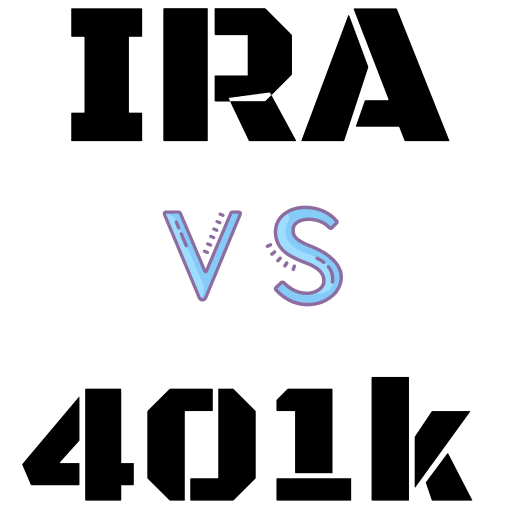
The Securing a Strong Retirement Act, known as the Secure Act 2.0, would gradually raise the age for RMDs to start to 75 by 2032. The first bump would be effective Jan. 1, 2022, moving the starting age to 73. If passed, this provision would provide extra time for Roth conversions and Roth contributions to help retirees permanently avoid RMDs.
Tax Diversification
Roth IRAs provide tax diversification. For clients with a significant amount of their retirement assets in traditional IRA and 401(k) accounts, this tax diversification can be an important planning tool as they head into retirement. The ability to withdraw funds on a tax-free basis from their Roth IRA can help provide tax planning options in the face of an uncertain future regarding tax rates.
It is not uncommon for retirees to find themselves in a higher tax bracket than they had planned. Between taxes on RMDs, Social Security and pension income, as well as income from full or part-time employment, it all adds up. The tax diversification provided by a Roth IRA can offer some tax relief and some solid planning alternatives for clients in this situation.
Estate Planning and the Secure Act
Roth IRAs have long been a viable estate planning alternative due to the fact that no RMDs are required. This feature allows the assets in the account to continue to grow tax-free for the account holder’s beneficiaries.
The tax-free nature of Roth IRAs has taken on another dimension with the inherited IRA rules under the Setting Every Community Up for Retirement Enhancement (Secure) Act.
One of the key features of the Secure Act was the elimination of the stretch IRA for inherited IRAs for most non-spousal beneficiaries. Instead, these beneficiaries must withdraw the entire amount in an inherited IRA within 10 years of inheriting the account. This feature is known as the 10-year rule.
While inherited Roth IRAs are also subject to the 10-year rule, the withdrawals can be made tax-free by account beneficiaries if the original account owner had met the 5-year rule prior to their death. This tax treatment can make Roth IRAs an ideal estate planning tool in situations where your beneficiaries are non-spouses who don’t qualify as eligible designated beneficiaries.
Summary
Roth IRAs continue to offer your clients a solid planning alternative for their retirement savings into 2021. Roth accounts can help with retirement tax planning as well as estate planning issues. This may be an option to discuss with your clients.
Roger Wohlner is a financial writer with over 20 years of industry experience as a financial advisor.
